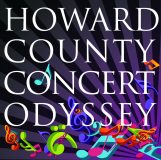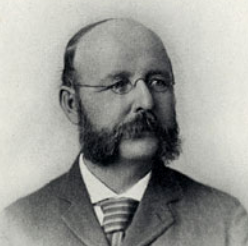Who is John Knowles Paine, you ask? Only a 19th century man who has been credited as the first American to be widely recognized as a composer, as well as a major influencer of music education in the U.S.
This month, let’s take a peek into the life and music of this lesser-known but talented American composer!
Paine was born on Jan. 9, 1839, in Portland, Maine. Little record of his early life remains, but we know that he studied music and began performing as an organist at the age of 18.
Not long after his debut performance, Paine travelled to Germany, spending several years continuing his music studies. During this time, he added composition and orchestration to his study of the organ. But it’s upon his return to the U.S. that things got more interesting.
Back in the states, Paine was promptly hired by Harvard University to be an organist and vocal instructor. Thirteen years later, he would become a professor and establish the very first music department in an American University. His department became a model music department for other universities in the U.S.
But Paine wasn’t just a professor; he composed a number of works, including symphonies, choral compositions, and an opera. His best-known works are “Mass in D” and the oratorio “St. Peter,” which were performed in Europe as well as the U.S.―a major (and unprecedented!) accomplishment for an American composer.
Naturally, he also created music for Harvard, and he wrote “Hymn of the West” for the Louisiana Purchase Centennial Exhibition (1904). Not bad, right?
After decades of fading from memory after his death in 1906, John Knowles Paine is finally being rediscovered by modern scholars and audiences.
Welcome back, and happy birthday!

